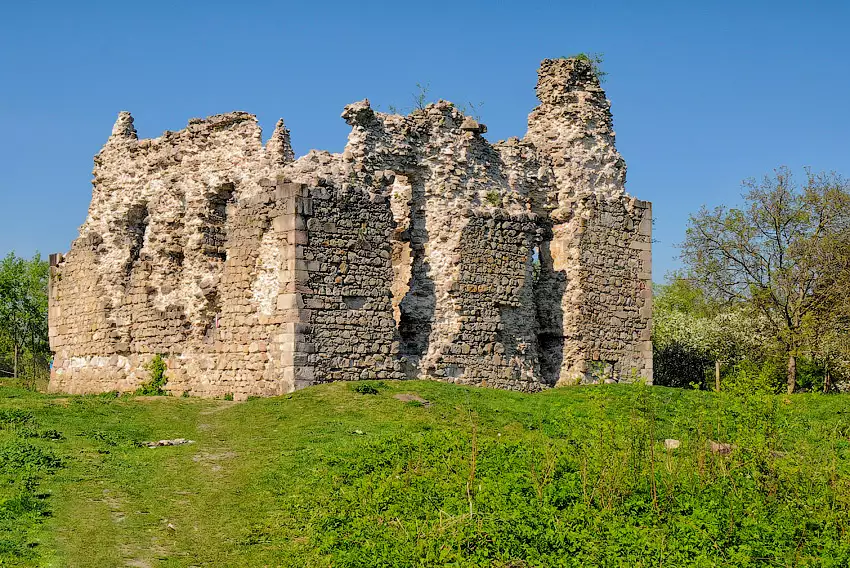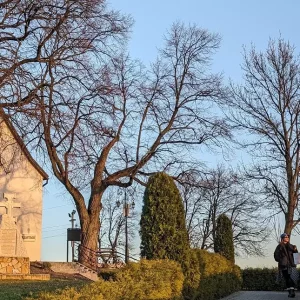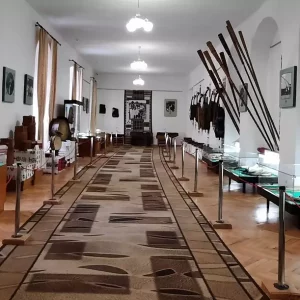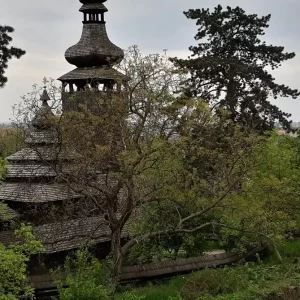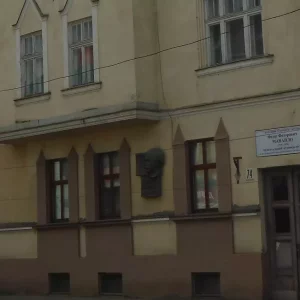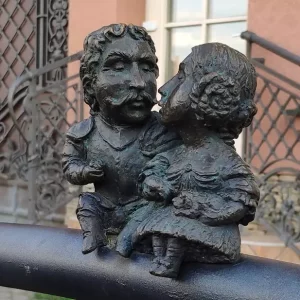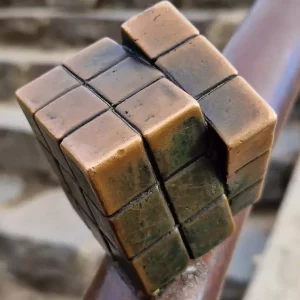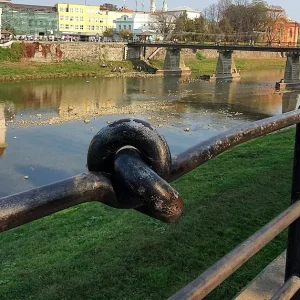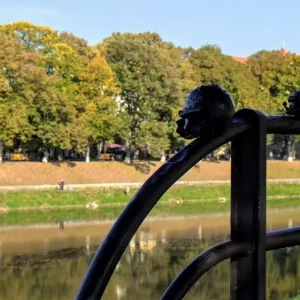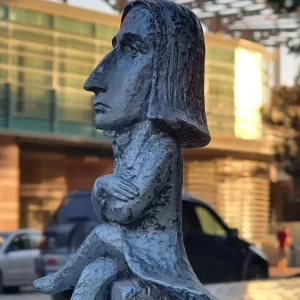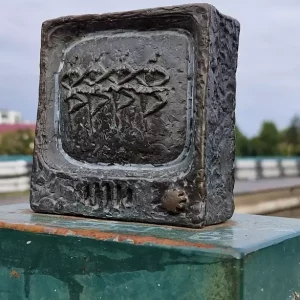In the Middle Ages, the greatness of the Knights Templar commanded the respect of European kings. The crusades brought the soldiers enormous wealth, which was constantly increasing.
Monks were strictly forbidden to leave the castle. But at the beginning of the 14th century the community ended its existence, and the citadel was handed over to the ministers of St. Anthony, who also practiced healing. At the end of the century, this led to the spread of the Latin script in the local region, for the assimilation of which a school was founded.
Under Charles Robert of Anjou, the Serednyansky Castle (as it is also called) was the subject of disputes between the wealthy Drugets and the large landowners Palachi. Their dispute lasted for about a century and ended with the fortress passing into the hands of the latter.
The last descendant of their family died in 1526 in the battle of Mogacha with the army of Osman. After there were no heirs left, the castle passed to the Dobo family. Its most famous representative is István Dobo, who in the middle of the 16th century during the war between Austria and Turkey led the defense of Eger. His 2,000-strong army did not allow the opponents to break through, which in number far exceeded the forces (more than 100,000 soldiers) led by Ali Pasha. The siege lasted more than 30 days.
I. Dobo visited the fortress many times, and later his son completely restored it, using the labor force of captured Turks. They laid many underground tunnels on the outskirts, with a total length of 4.5 km. Previously, the underground kept the secrets of treasures obtained in wars, and now there are wine cellars, which are now used for their intended purpose.
In the 17th and 18th centuries the castle of the Templars (Transcarpathia) constantly withstood the onslaught of various armies and even other monastic orders. It passed from the ministers of St. Anthony to the members of the community of St. Paul, and later became the property of the Hungarian aristocracy.
Gradually the fortress began to collapse. At the beginning of the 18th century, during the Kurut uprising, it was badly damaged and was not restored later.
